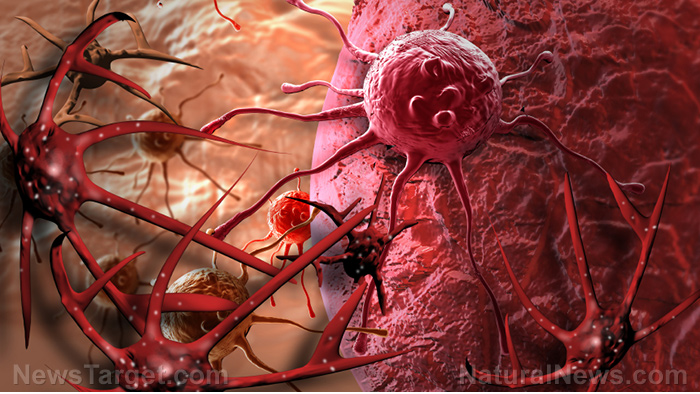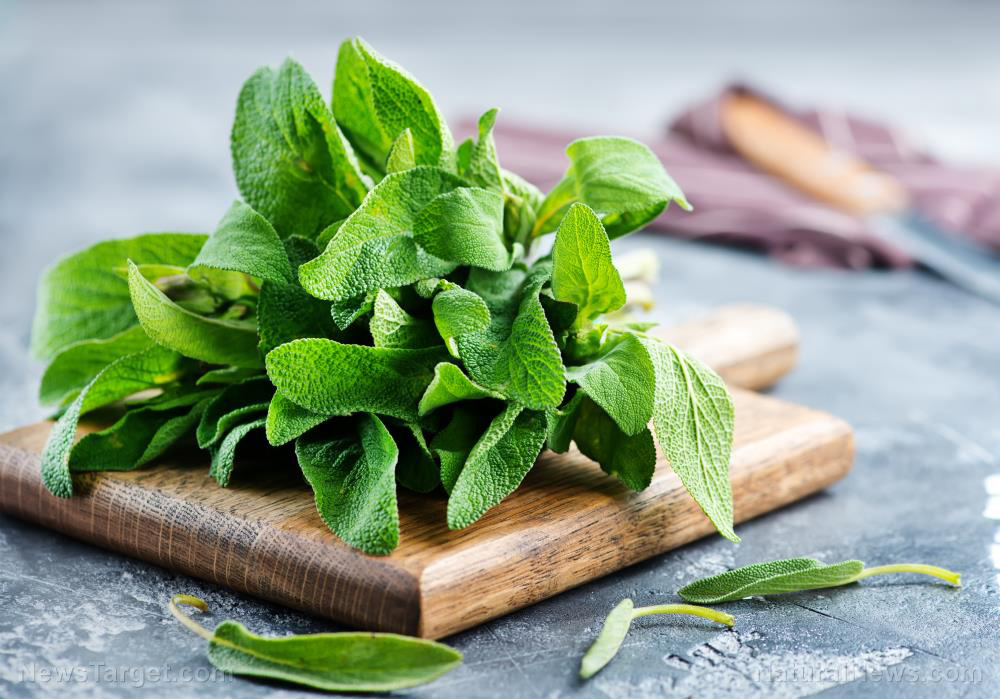
Advertisement
Researchers in China found that chrysanthemin, an anthocyanin found in the fruit of camu camu has anti-tumor effects. In their study, which was published in the African Journal of Traditional, Complementary and Alternative Medicines, researchers looked at the antitumor and apoptotic effects of chrysanthemin in PC-3 human prostate cancer cells.
- Prostate cancer is one of the leading causes of death due to cancer in the U.S. and other Western countries.
- For the study, the researchers used the MTT assay to assess the effects of chrysanthemin on cell viability.
- They also used flow cytometry together with fluorescence microscopy to examine the apoptotic induction in these cells.
- Moreover, they determined the effects of chrysanthemin through western blot assay.
- The results of the study revealed that chrysanthemin prevented the growth of cancer in PC-3 cancer cells, both in a time-dependent and concentration-dependent manner.
- Chrysanthemin treatment also caused apoptosis in cells.
- In addition, it enhanced the activity of all caspases.
- These results indicate that chrysanthemin has cancer-fighting properties, particularly against the prostate variety.
- Chrysanthemin works by the induction of apoptosis, activation of caspase signaling pathway, and loss of mitochondrial membrane potential.
With these findings, it can be concluded that chrysanthemin has the potential to be used as a protective treatment against prostate cancer.
Read the full text of the study at this link.
To read more studies on natural medicines that protect against cancer, visit AntiCancer.news.
Journal Reference:
Sun D-K, Wang L, Zhang P. ANTITUMOR EFFECTS OF CHRYSANTHEMIN IN PC-3 HUMAN PROSTATE CANCER CELLS ARE MEDIATED VIA APOPTOSIS INDUCTION, CASPASE SIGNALLING PATHWAY AND LOSS OF MITOCHONDRIAL MEMBRANE POTENTIAL. African Journal of Traditional, Complementary and Alternative Medicines. 2017; 14(4): 56-41. DOI: 10.21010/ajtcam.v14i4.7
Advertisements







